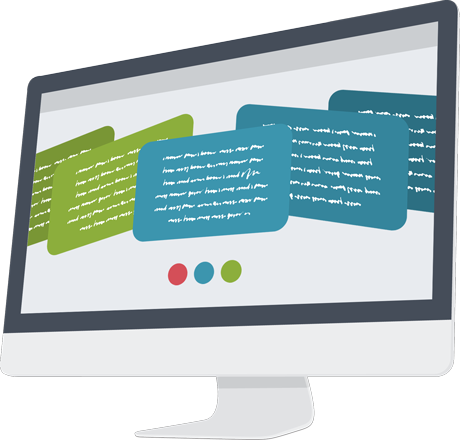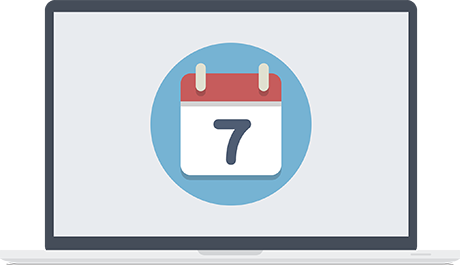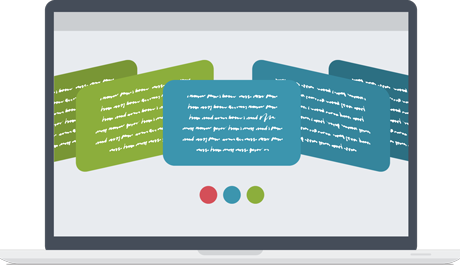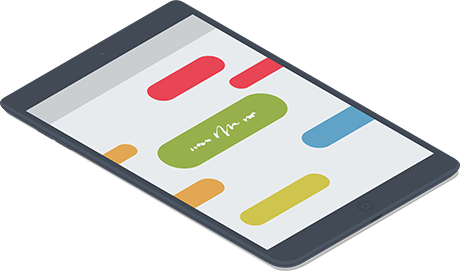GCSE Algebra and Number
Algebra, in a sense, is the bones of GCSE Maths as it holds all of the other pieces together. When you learn the different types of equations and how to solve them, this knowledge will help you gain an understanding of other Maths areas you need to study.
Luckily with algebra there is a sequence of steps you can use as instructions to solve these types of problems. Algebraic questions may come in the form of a given mathematical equation or you may be provided with a written problem where you will need to use the information to form the equation and then solve it.
We’re here to help you run through the various types of questions you can be asked. Take a look at our GCSE Maths page for other maths topics and some revision tips and exam hints.

Algebraic Equations
Once you begin to understand how to simplify expressions, solving equations will become second nature to you. Practising problems is an important part of understanding the subject and of your revision process.
- Factorising Equations: To factorise an equation, look for the highest common factor (HCF) and divide your equation by this number. When factorising 12 + 4x, both numbers are divisible by 4 so it can be rewritten as 4(3 + x). Quadratic equations can also be factorised. For example, x²+ x can also be expressed as x(x + 1).
- Simultaneous Equations: These are two equations with two unknowns (usually x and y). Solve both equations at the same time by eliminating one of the unknowns to discover the second.
- Quadratic Equations: Apply basic maths such as multiplication of brackets, dividing and adding like terms. Use the quadratic formula to solve equations in the form ax² + bx + c = 0. Remember, you will need to know this formula for your exam.
Graphs
You won’t need to be an artist to plot your graph in the GCSE exams but you will need to understand how to find your coordinates for x and y. Plotting graphs is a skill you will need when faced with questions from other sections of your maths paper, especially geometry. Using graphs will be fairly new to you at this stage but your knowledge of this area will grow as you move through the subject.
Within the context of algebra, you will mainly deal with equations in the form of a line: y = mx + c. You will be able to use this equation to solve for both x and y and identify parallel and perpendicular lines on a graph as a result. Another important area to cover is finding the gradient or slope of a curve by drawing a tangent to the curve and identifying the point where it touches the axis.

Patterns and Sequences
In GCSE Algebra and Number, a sequence is a pattern of numbers that are connected in some way. The numbers in a sequence are called terms. There are many well-known sequences you will already be able to identify including:
- Even & odd numbers
- Square and cube numbers
- Powers of numbers
For linear sequences, you need to be able to find the common difference in terms of a sequence to form an equation and solve for the nth term. Quadratic sequences are when the difference between terms in a sequence change. You use the formula n² + n to find the nth term. The differences between terms are not constant but there is still a pattern, the tricky part is recognising it. Again, practise makes perfect!
Number Overview
The number section consists of understanding how to represent numbers in different forms such as distance, time, roots, integers and more plus interchanging between forms. This area of GCSE Maths is not exclusive as much of what you learn can be applied to almost every other topic in your exam.
It will be extremely valuable if you lay a strong foundation from the outset. Spend some time on this topic to ensure you can work on other sections without referring back. Get the basics right – remember Numbers are the building blocks of the rest of your GCSE Maths exam!


Measures and Accuracy
This area of number requires you to be able to use and interpret standard units of mass, time, money and other measures. You may be familiar with these units of measure but GCSE questions will be tougher than you are used to.
Part of the process of checking the accuracy of an answer will be to understand what your maths question asks. You may need to estimate or round numbers to decimal places or significant figures. The important thing here is to understand what is being asked or you may miss out on marks.
Other Forms of Numbers
This is quite an extensive section and can be a bit tricky to get your head around so it’s definitely worth investing time in understanding different forms of numbers and how you can use and manipulate them. Along with distance, speed and time, you will work with:
- Percentages and fractions
- Positive and negative numbers
- Decimals, powers and roots
- Factors, multiples and primes
If reading this list is making you feel overwhelmed, take a second look and you will realise that you already know a lot of this stuff.



 Previous:
Previous:


